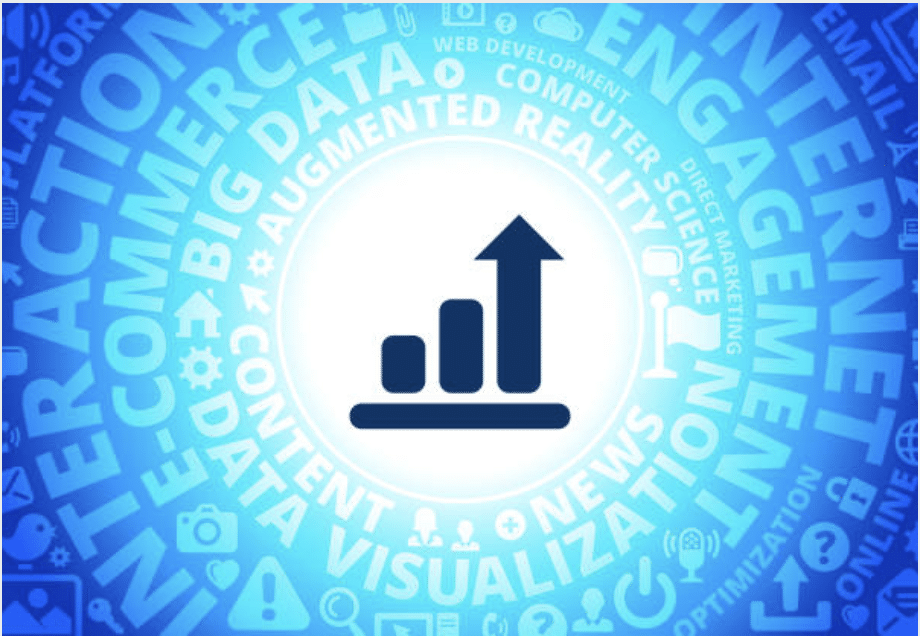In today’s rapidly shifting banking landscape, one question persists: What’s the real impact of marketing? How does the marketing dollar translate into new accounts, loan applications, and revenue growth? As elusive as it may seem, understanding marketing impact is no longer a luxury; it’s a necessity. In this comprehensive guide, we’ll explore the challenge and present a goal-oriented framework to decode the impact of marketing within the banking industry.
Understanding Marketing Impact: The Challenge
Quantifying the Impact:
The dilemma that many banks face today is translating marketing activities into concrete numbers. With a multitude of channels and strategies, how do you measure the effectiveness of your campaigns in generating new accounts and loan applications?
- New Accounts: How does an advertisement or a social media post correlate with a surge in new account sign-ups?
- Loan Applications: Which marketing channels are most successful in attracting potential borrowers?
- Overall Revenue: How to trace the revenue stream back to the marketing initiatives that sparked it?
These are not just theoretical questions; they are critical to understanding how to allocate resources, define strategies, and prove the value of marketing to the broader organization.
Creating a Data-Driven Framework: The Goal
Step 1: Define Clear Objectives and Metrics:
- Objectives: What are the desired outcomes? Whether it’s increasing new accounts or boosting loan applications, clarity in objectives is the starting point.
- Metrics: What will you measure? Decide on key performance indicators (KPIs) that reflect your objectives, such as conversion rates, click-through rates, or application completion rates.
Step 2: Implement Tracking and Analytics:
- Tracking: Utilize tracking tools to monitor user behavior across various channels. Are potential customers responding to email campaigns, social media, or online ads?
- Analytics: Analyze the data to understand patterns and correlations. For instance, if a particular campaign led to a spike in loan applications, dive into what made it successful.
Step 3: Correlate Marketing Spend with Tangible Outcomes:
- Cost Analysis: Evaluate the cost of various marketing initiatives against the results they yield.
- ROI Calculation: Develop models to calculate the Return on Investment (ROI) by comparing the revenue generated with the marketing expenditure.
Step 4: Continuous Monitoring and Optimization:
- Monitoring: Regularly assess and compare the performance of different campaigns and channels.
- Optimization: Continuously refine strategies based on insights, ensuring that marketing activities are aligned with revenue generation goals.
Conclusion:
Understanding the impact of marketing in the banking sector is both a challenge and an opportunity. By adopting a data-driven framework, banks can move beyond guesswork and anecdotal evidence, forging a clear path to evaluate and enhance their marketing initiatives.
With transparency in ROI and a laser focus on outcomes, banks can innovate, grow, and assert the undeniable value of marketing. The question of “what we’re getting” from marketing spend transforms from a nagging doubt into a compelling story of success.
